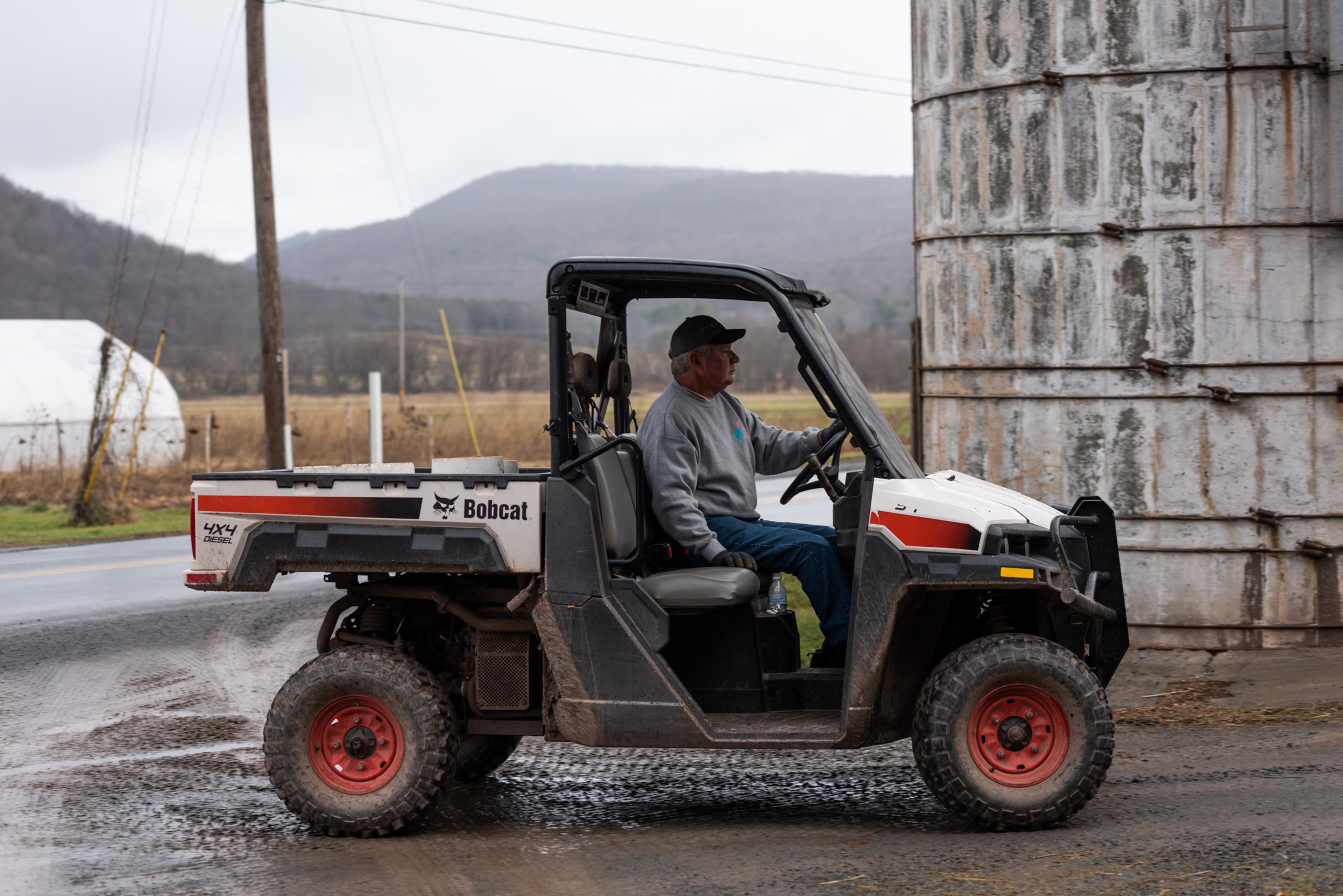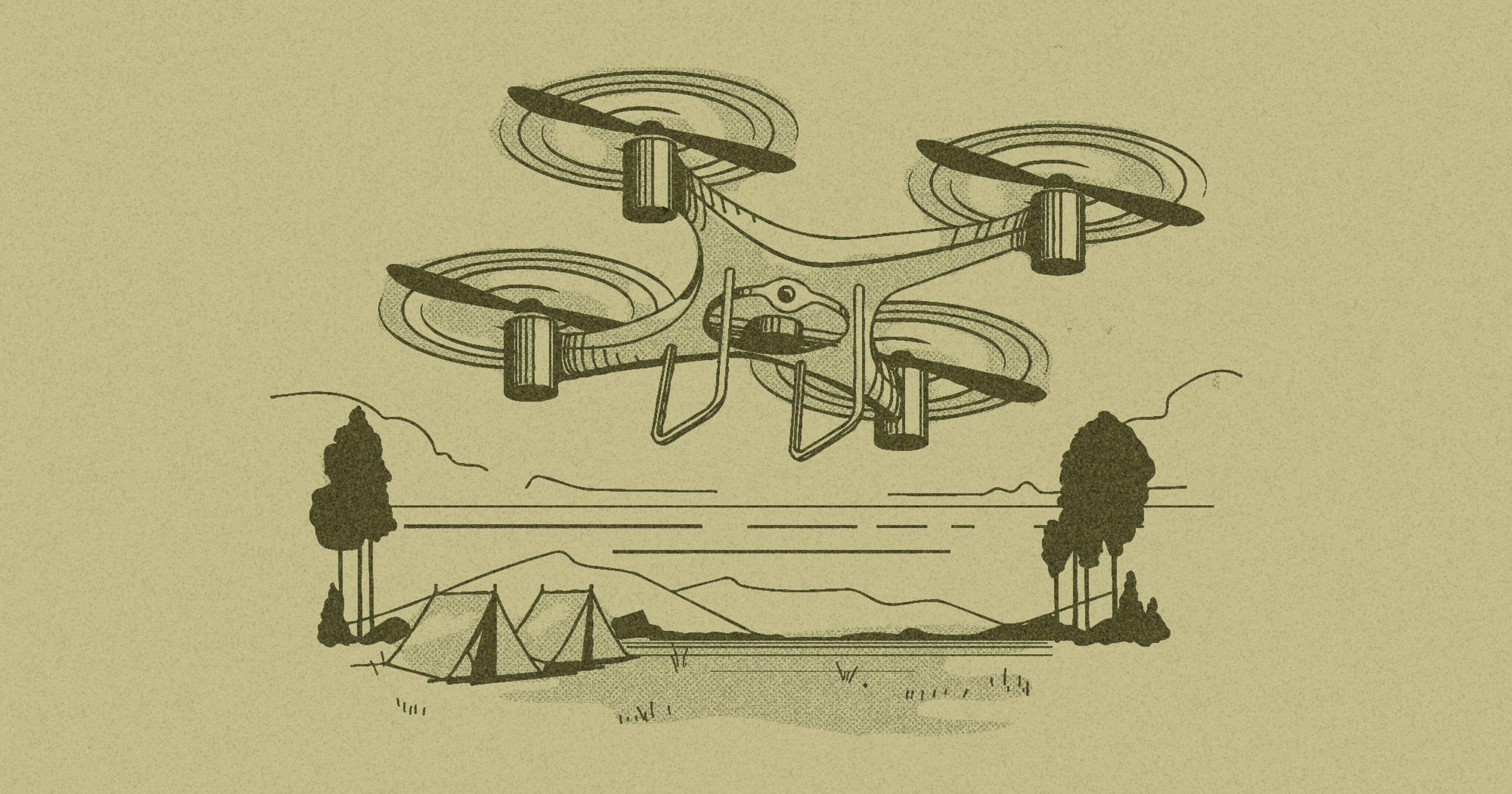The New York Center for Agricultural Medicine and Health is one of 12 groups connecting farmers with funds to help keep them farming — safely.
Under a December morning sky, strung with clouds and a cold sun setting frosted hillsides a-sparkle, Mark Stillwell remembered a moment when this landscape showed its dangerous side. Stillwell, who raises and trains racehorses on 200 acres in Central New York with his wife, Kimberly, was collecting hay from the fields at the end of a long day. Attached to his 46-year-old Ford tractor was a baler to compress the cut hay, and a heavy wagon that was stacked high with bales.
Rather than returning to empty the wagon back at the barn, “I got lazy,” said Stillwell, and headed down a steep slope to pick up the last 100 feet of hay before calling it quits. Then, “Everything started to come undone”: The heavy wagon careened into the baler and snapped off one wheel hub and another piece of the machine; fortunately this acted as a brake before all that machinery could create more havoc. “Luckily, I was able to outrun it and head back up the hill before the baler could have flipped the tractor,” said Stillwell, who managed to escape the incident without injury.
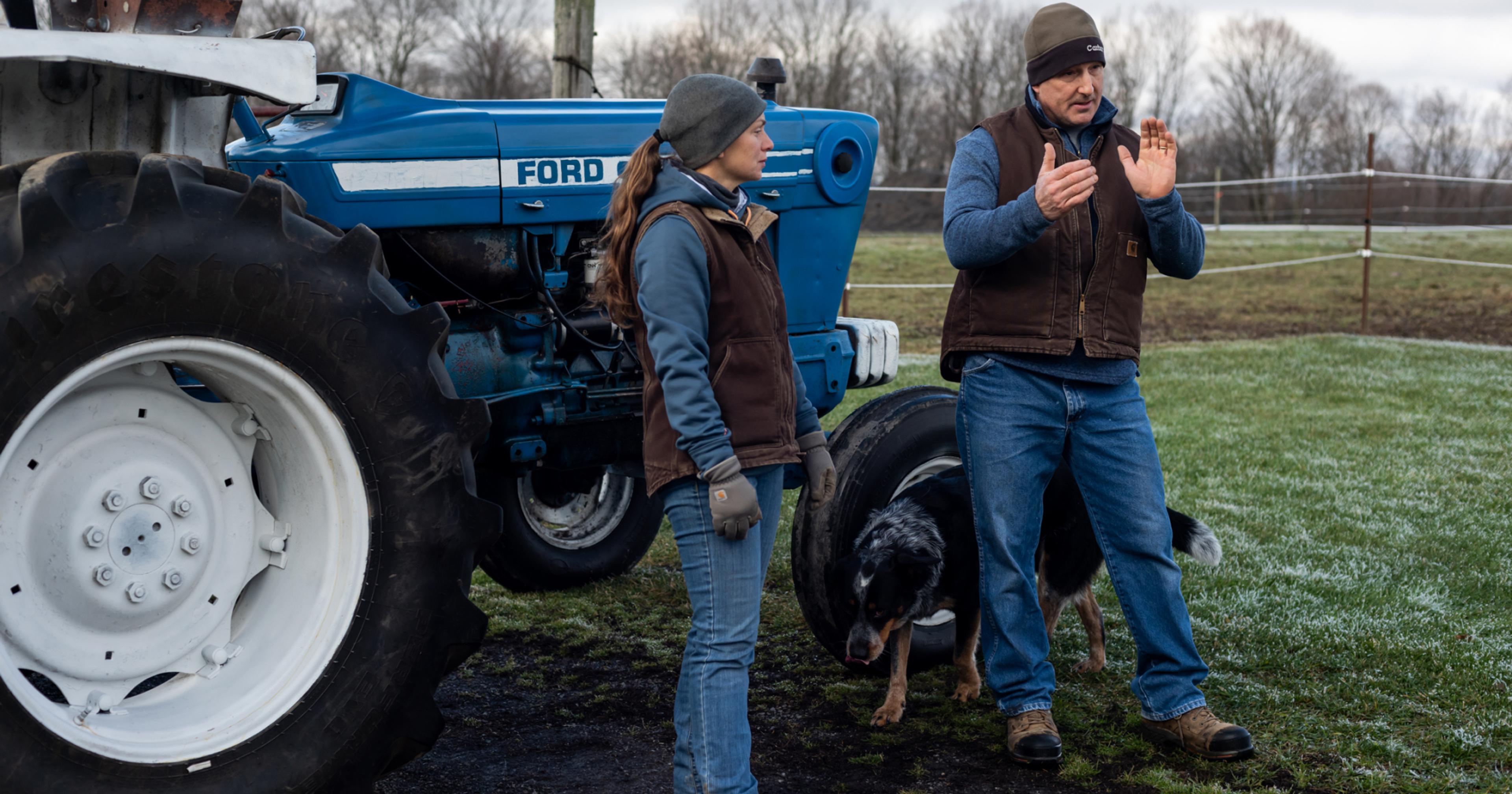
Tractor flips result in about 130 deaths per year in the U.S., making them the leading cause of on-farm fatal injuries. But they’re hardly the only hazards; by some accounts, agriculture is the most dangerous profession in the country. Limbs get entangled in gears; unloading silos results in suffocations; livestock regularly injure their owners. Adaptations can be made to some equipment and property to make them less treacherous, as well as to help farmers with injuries continue to work with less pain or restriction. Few farmers bother, though, and the reason is simple: money. For smaller, cash-strapped producers there’s usually some other expense that seems more immediately important than installing a $1,600 rollbar on one of your tractors, for example. But once Stillwell forked out $1,200 to repair his baler and considered how close he’d come to physical catastrophe, he contacted the New York Center for Agricultural Medicine and Health (NYCAMH) and learned he could get all but $500 of a tractor rollbar installation covered. “It was a big relief,” he said.
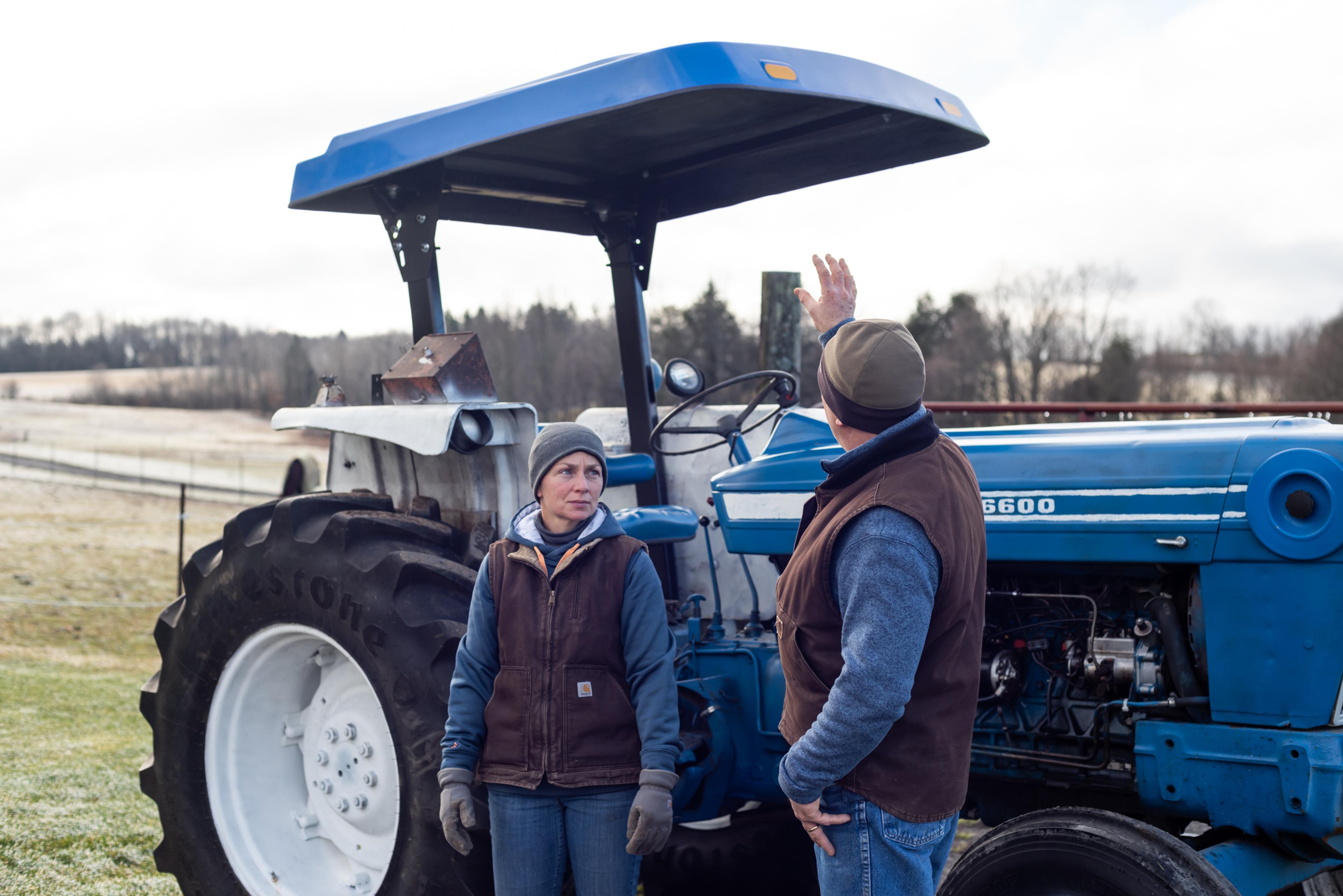
NYCAMH is one of 12 federally funded organizations across the country that conduct agriculture health and safety research. NYCAMH also provides safety training to farmers and farmworkers, on everything from using personal protective equipment to proper handling of chainsaws and manure. It’s attached to Bassett Healthcare Network, a system of hospitals, health centers and other health-related partners. This means it has the capacity to offer other things, like mental health services, in-clinic checkups, and onsite visits to administer Covid vaccines, across eight New York counties and up New England into Maine. It also helps farmers access pots of money from New York’s Agriculture and Markets department. Some of this is to install those tractor rollbars; some is to pay half the cost of on-farm safety-related repairs and upgrades. For disabled farmers, that might include stairs and lifts to get into their tractors, handrails, and bump gates that don’t require them to get off their tractors to adjust.
Over NYCAMH’s three decades of existence, “There’s a network of farmers that has benefitted from our services, and word gets out to other people in the community — it’s been a tremendous success,” said Heather Chauncey, a clinical case manager at Bassett. To date, 3,251 farmers have gotten rollbars and 176 safety projects have been completed. These projects include upgrading wiring to prevent fires, and installing cattle chutes and corral systems to keep farmers, workers, and veterinarians safe when working with loose livestock.
Like Stillwell, two years ago organic dairy farmer Jim Miller took NYCAMH up on its offer of rollbar assistance for two of his three tractors. “We got some terrible hills here and because it’s pasture, we mow ’em all,” said Miller of the 450 acres he grazes his cattle on in Richfield Springs, New York. A rollbar “is kind of a no-brainer, because there reaches a point where you could roll over without even trying.” In fact, his wife’s cousin died in such an accident just this past fall.
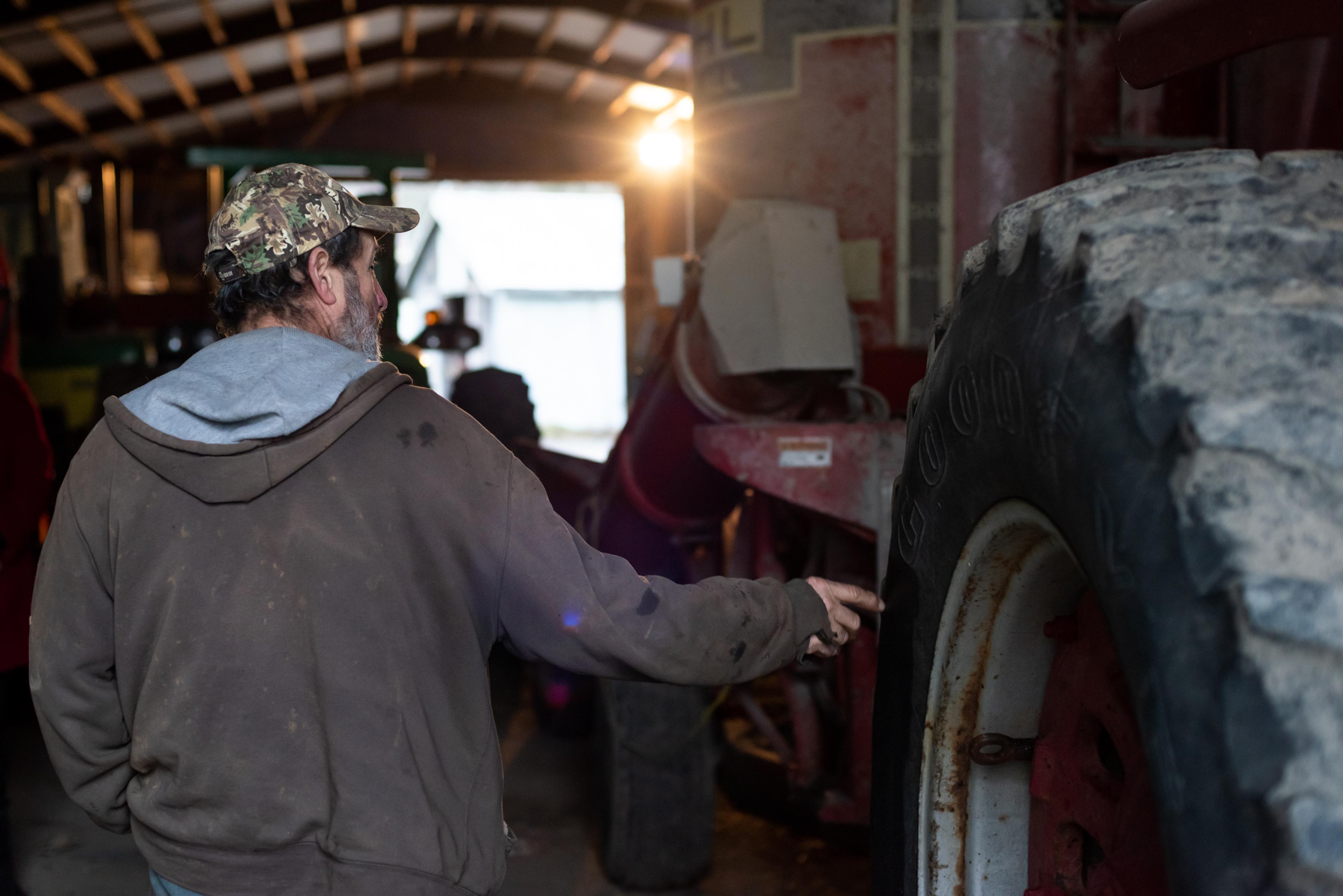
But Miller listed other concerning safety issues on his property. Some of them defy easy solutions, like the open power shafts that transfer power from a tractor to the equipment attached behind it, like a baler. “They spin at 540 rpm and you just have to be really careful around them,” Miller said. “We have a good friend who lost his leg and another one caught his coveralls around the shaft and it ripped them off, like a magician.”

Some safety issues do have easy fixes, though, like the slippery slope leading out of Miller’s barn. It sloped sharply downhill “and it was blacktop, so that made it rough,” traction-wise, Miller said. “When the cows came out twice a day, they’d slip and fall, or we’d slip and fall,” especially in the winter when the ground iced over. No farmer wants slipping cows; a fall can result in the animals breaking bones or “splitting” themselves — their back legs splay out and rip their muscles, preventing them from rising. If a cow is unable to walk a farmer usually opts to euthanize; Miller put three injured cows down last year, jeopardizing milk production, as replacing one organic dairy cow can cost upwards of $2,000.
So when NYCAMH offered to help Miller access $5,000 of the $11,000 he needed to replace slippery blacktop with grooved concrete, first he wondered, “What’s the catch?” Then he gratefully took the organization up on its offer. “For any of these projects, when somebody helps you, you appreciate it,” he said. So far, no slips, either for cattle or humans.
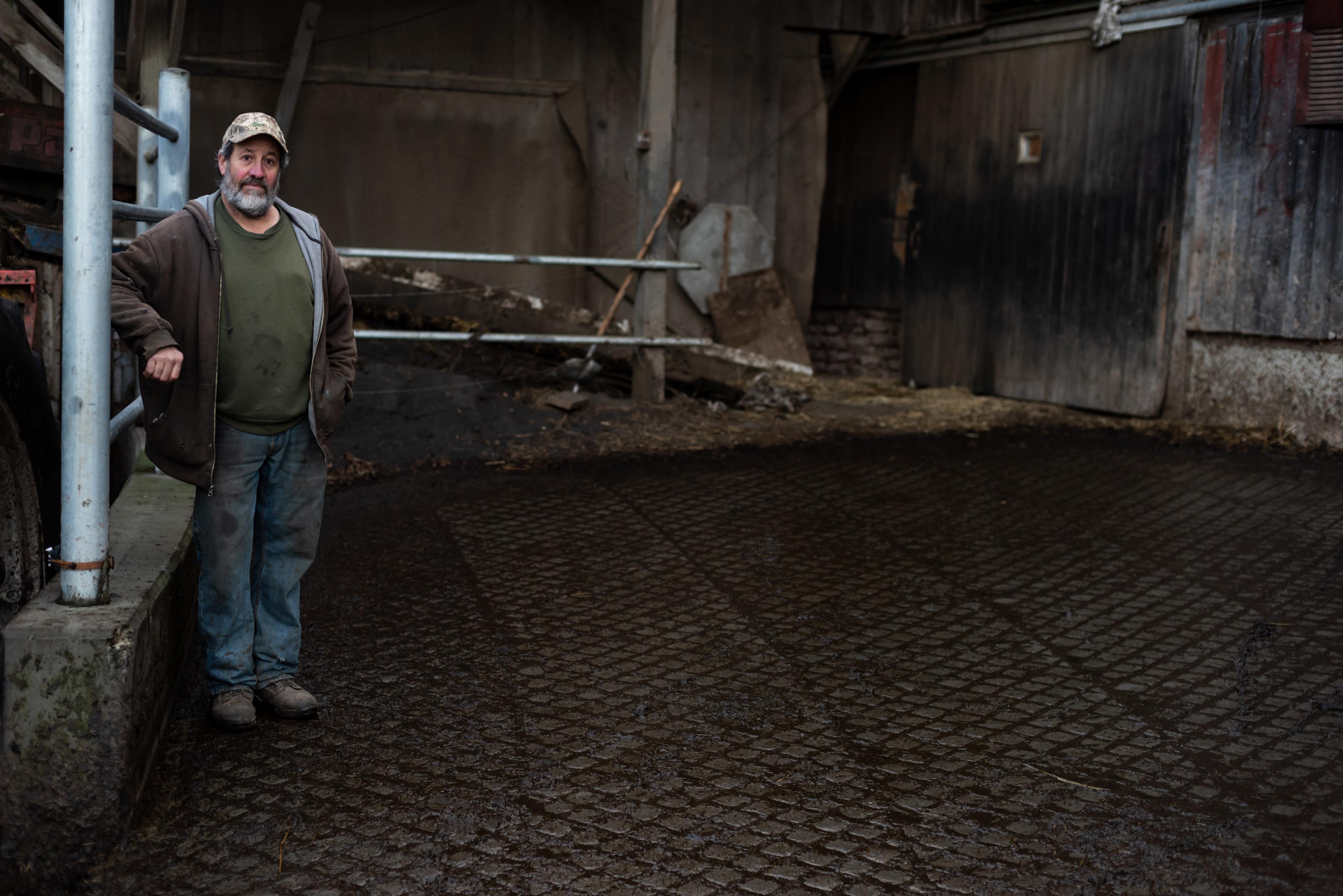
Farm hazards ratchet up several notches when you’re disabled. Ernie Hanselman, a third-generation dairy farmer in South Kortright, New York, lost both his legs to amputation in 2002 and 2003, due to complications from diabetes. In the intervening years, he’s become skilled at getting around on prosthetic legs, although there are some jobs — like milking — that by necessity fall to his wife, Barb, or three of his grown children who’ve returned to the farm to work. “I’d have to be on my feet too much and it wouldn’t be good,” Hanselman said. What he can do is what he’s always liked to do, and that is take care of the field work from his tractors: baling hay, disking fields, chopping haylage. “I don’t know what we would’ve done if he couldn’t,” said Barb.
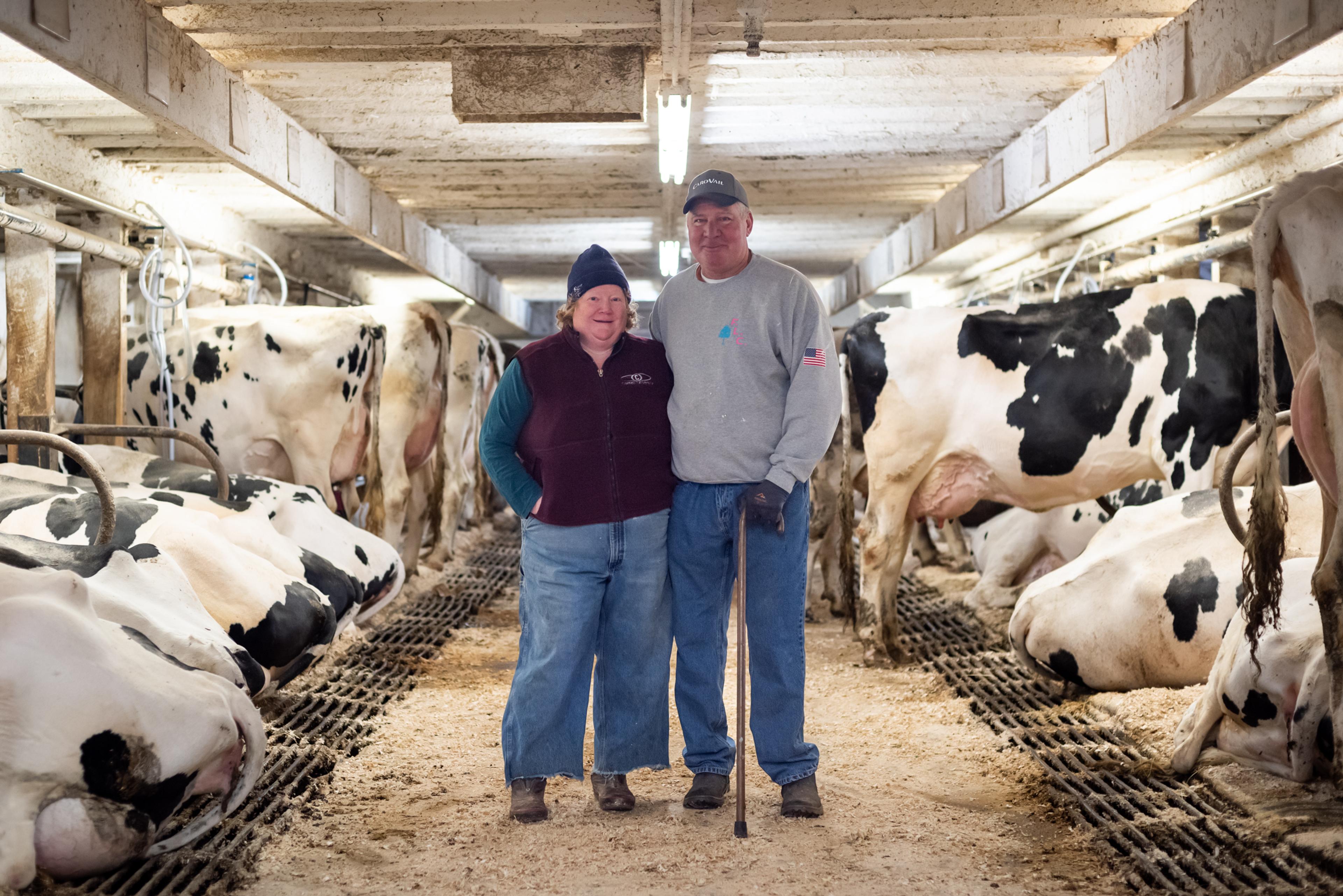
But as Hanselman has aged, “There are limitations,” he admitted. One is crossing the busy road that intersects his property quickly enough to feel safe from speeding cars, necessitating an ATV to get around. Another is getting up into tall tractors designed for someone a lot more limber. One of his sons added steps and grips to six of these; two others were adapted by Hanselman’s father, who suffered from Parkinson’s before he passed away. NYCAMH helped Hanselman put additional steps on the remaining two tractors in the shed. “Piece of cake!” Hanselman announced as he demonstrated one such retrofit.

Still waiting for help with farm adaptations is DJ Grady, who raises cash crops and beef cattle on 300 acres in Scipio Center, New York, and knows firsthand how dangerous his chosen profession can be. Thirty years ago, Grady was hit by a farm wagon; the resulting injuries led to a stroke then a coma that left him paralyzed on the left side of his body. He’s somehow managed to work all these years but like Hanselman, “My age is catching up with me. There’s getting old and feeble besides stupid,” he said with a laugh. Climbing ladders and getting on and off equipment have become especially challenging. The combine is the worst, he said, followed by his tractors: “We’re gonna have to do something about those.”
Bassett’s Chauncey has been following up with him regularly, trying to convince him that the money is there for the asking, and even assisting with filling out paperwork. Disabled or not, farmers “don’t generally like to accept help, because they prefer to be self-reliant,” she said. But as Hanselman and others have discovered, it pays, in life-altering ways, to take it.
Photography for this article was shot by Ari Scott.

